The influx of tourists to Prague each year continues to accelerate. Through the first six months of 2017, the number of visitors to the city rose by around 11% from the previous year, according to Prague City Tourism, the city’s official tourist marketing agency. If that pace continues through the end of the year, more than 8 million people will visit Prague this year.
And those are just the official figures, which are calculated on the basis of hotel overnights. They exclude “couch-surfers” and visitors staying in room-sharing services like Airbnb. No one knows for certain the real number of visitors to the city, but it could well exceed 10 million.
Do the math and that works out to be something like eight visitors for every one of Prague’s 1.25 million residents. For many Praguers, particularly those who live or work in the center and have to deal on a daily basis with the excessive crowds and noise, that figure is now way too high.
I talked to Barbora Hrubá, a spokesperson for Prague City Tourism, to put things into perspective. She says that the upsurge in visitors is not just happening in Prague but is taking place in popular cities around Europe. “The structure of the way people travel has changed,” she says. “In the past, people would typically take a two-week holiday. These days, a four-day city break is much more common.” Add to that the explosion in the number of low-cost budget flights and cheap apartment-shares through services like Airbnb, and travel is accessible to just about everyone.
This rapid growth in tourism has had some ugly consequences this summer for Prague’s peer cities in Europe. In Barcelona, for example, radical groups in August (2017) slashed tires on sightseeing buses and vandalized some rental-bike outlets. The message for visitors was clear: “Tourists Are Not Welcome.” In the Italian port of Venice, around 2,000 residents took to the streets in July (2017) to protest the rapid increase in tourism there, where an estimated 28 million visitors – mostly day-trippers from giant cruise ships – choke canals and alleyways.
While no one is yet predicting demonstrations or an outbreak of antitourist violence in Prague, the question remains whether the city is now suffering from “overtourism.” In other words, has the number of tourists reached the point where both the quality of life for residents and the quality of the experience for visitors have deteriorated to unacceptable levels?
That’s hard to answer with certainty. The term overtourism has become a buzzword among tourist officials, but the concept itself is still poorly understood.
To get an idea of what overtourism means in practice, I contacted Jason Clampet, the editor-in-chief for Skift.com, a U.S.-based news and research company for the travel industry. He says that contrary to popular understanding, overtourism is not strictly a numbers game, but rather the situation differs from city to city. He says in addition to looking at the increase in the number of tourists, you also have to look at where people are going when they get to their destination.
“A high increase [in numbers] alongside a concentration of visitors in one area creates clear problems,” he says. “In markets that are hardest hit … this is manifested by city centers taken over by retail that only appeals to tourists and activities that do the same,” he says. “What local ever rode a Segway?”
By that standard, at least, it seems obvious that parts of central Prague, including the Old Town and Malá Strana, directly across the river from the Old Town, are suffering from classic overtourism. By day, large groups of sightseers, numbering well into the hundreds or thousands, choke the side streets, while Segway and e-bike tours push people off the sidewalks. Cheap souvenir shops, phony galleries, and rip-off exchange booths line the streets. Convenience stores selling alcohol or cigarettes are a common sight, but serious grocery stores that cater to residents are few and far between. It’s a wasteland.
Prague City Tourism’s Hrubá acknowledges the problem in central Prague, but rejects the assertion that Prague as a whole is suffering from overtourism just yet. She says, in her opinion, the solution doesn't lie in restricting the number of visitors, but rather in trying to change the geographic distribution of tourists. To that end, Prague City Tourism marketing campaigns now extol the virtues of outlying urban areas like Karlín, Smíchov, and Vinohrady in an effort to push visitors out of the center. “If we could the improve the distribution of tourism,” she says, “we wouldn't have a problem with even 15 million visitors coming to Prague.”
It’s not clear, though, how realistic the plan is. Hrubá herself concedes that first-time visitors will always be attracted to classic central sights like Charles Bridge and Old Town Square.
Even if efforts to redistribute visitors are not as successful as hoped, Prague residents should not expect drastic measures to restrict tourism any time soon. The hard fact remains that more than a quarter century after the fall of communism, Prague has become addicted to the million of euros that tourism brings in each year.
To be sure, tourism brings positive elements as well (in addition to the negative), including a huge boost to the city’s public finances. According to the "Czech Association of Hotels & Restaurants" (Asociace hotelů a restaurací ČR), for every 100 crowns visitors spend in Prague, some 41 crowns are returned to the city as public funds. Tourism’s other benefits are harder to pin down and for many residents will scarcely compensate for the crowds, noise and erosion of public space. Nevertheless, Hrubá says tourism that has an indirect but strong influence on culture and the mindset of people. It keeps Prague “international,” she says. “Let's close the borders for six months and see what happens then.”

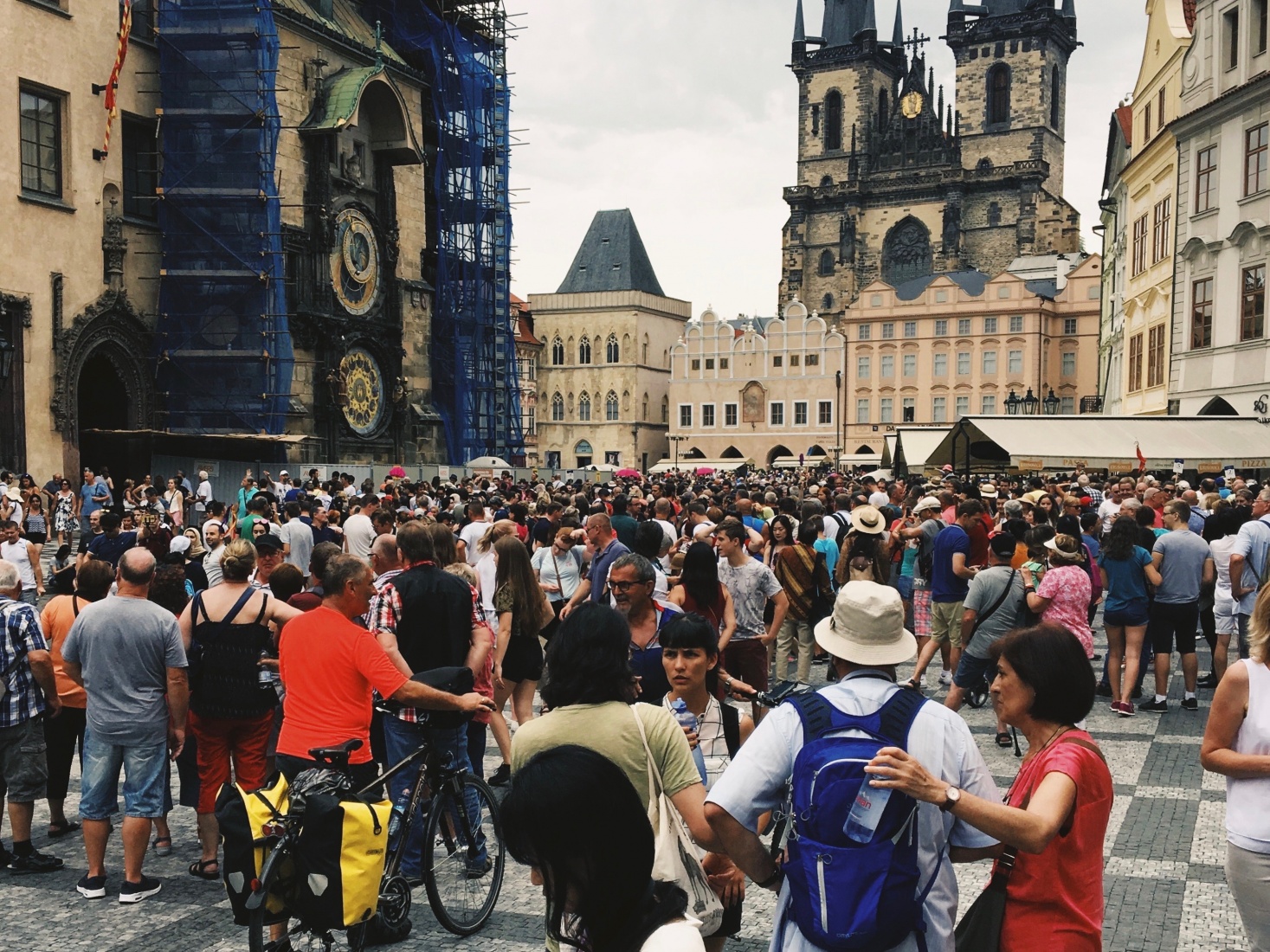
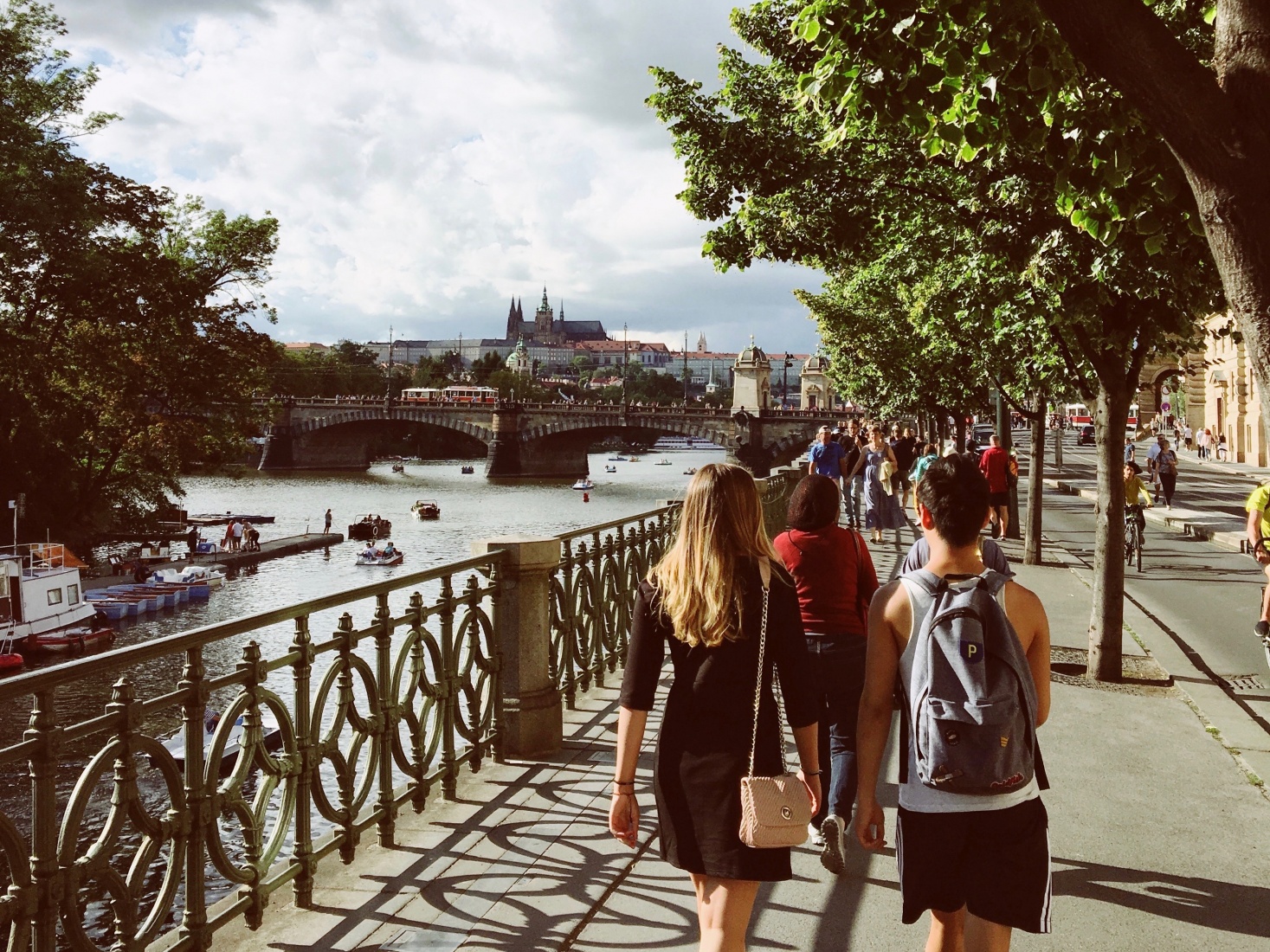
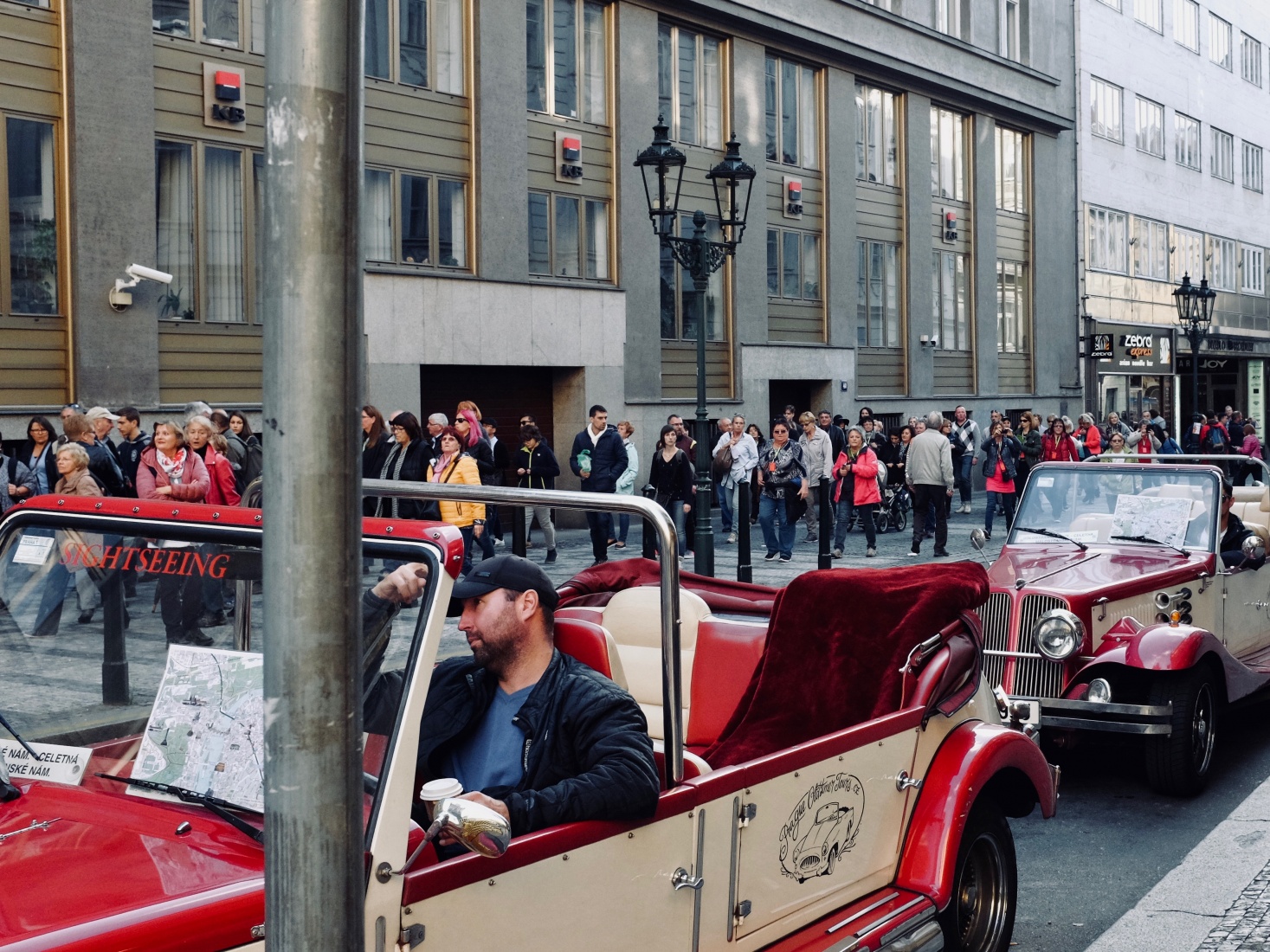
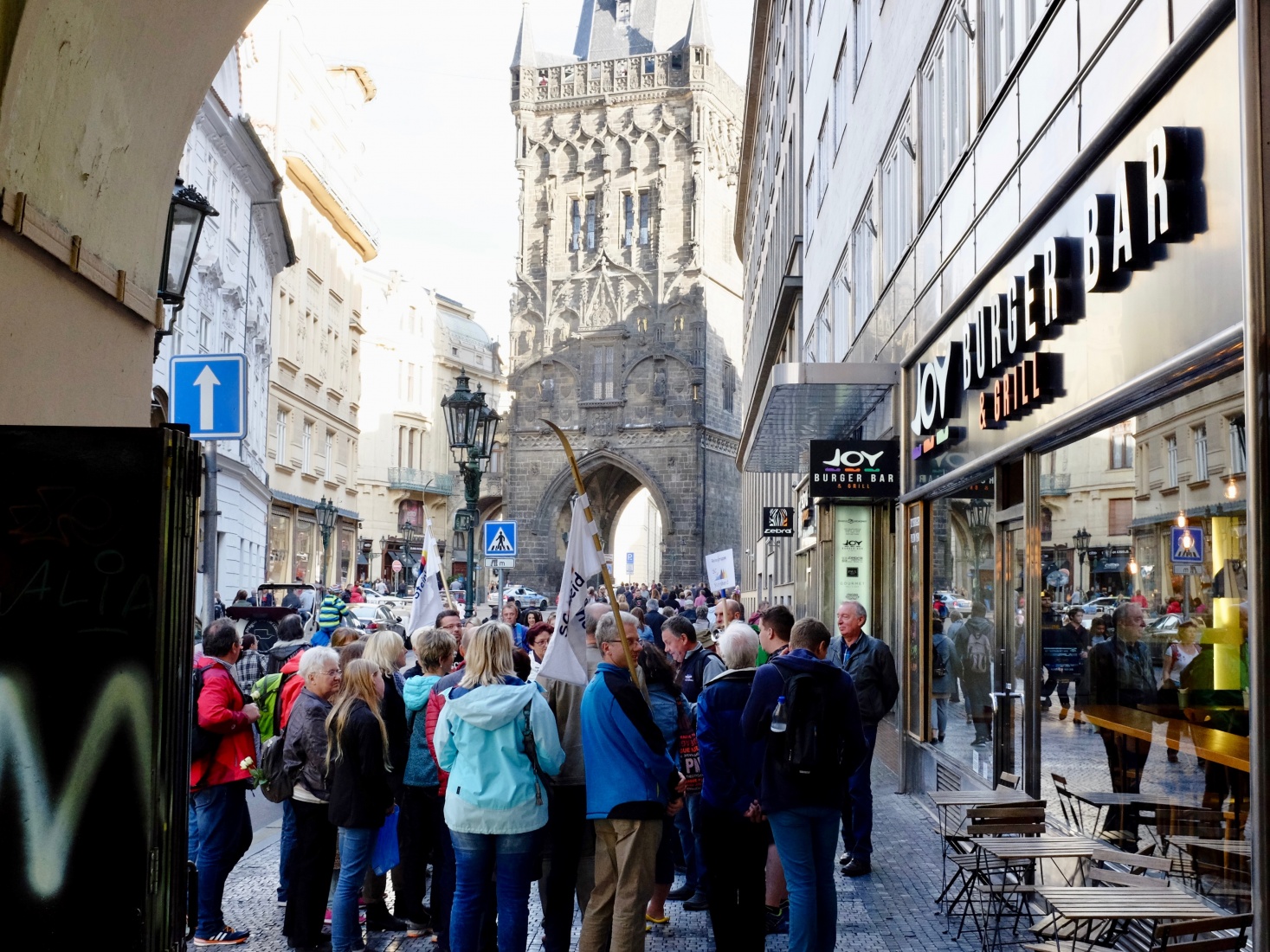
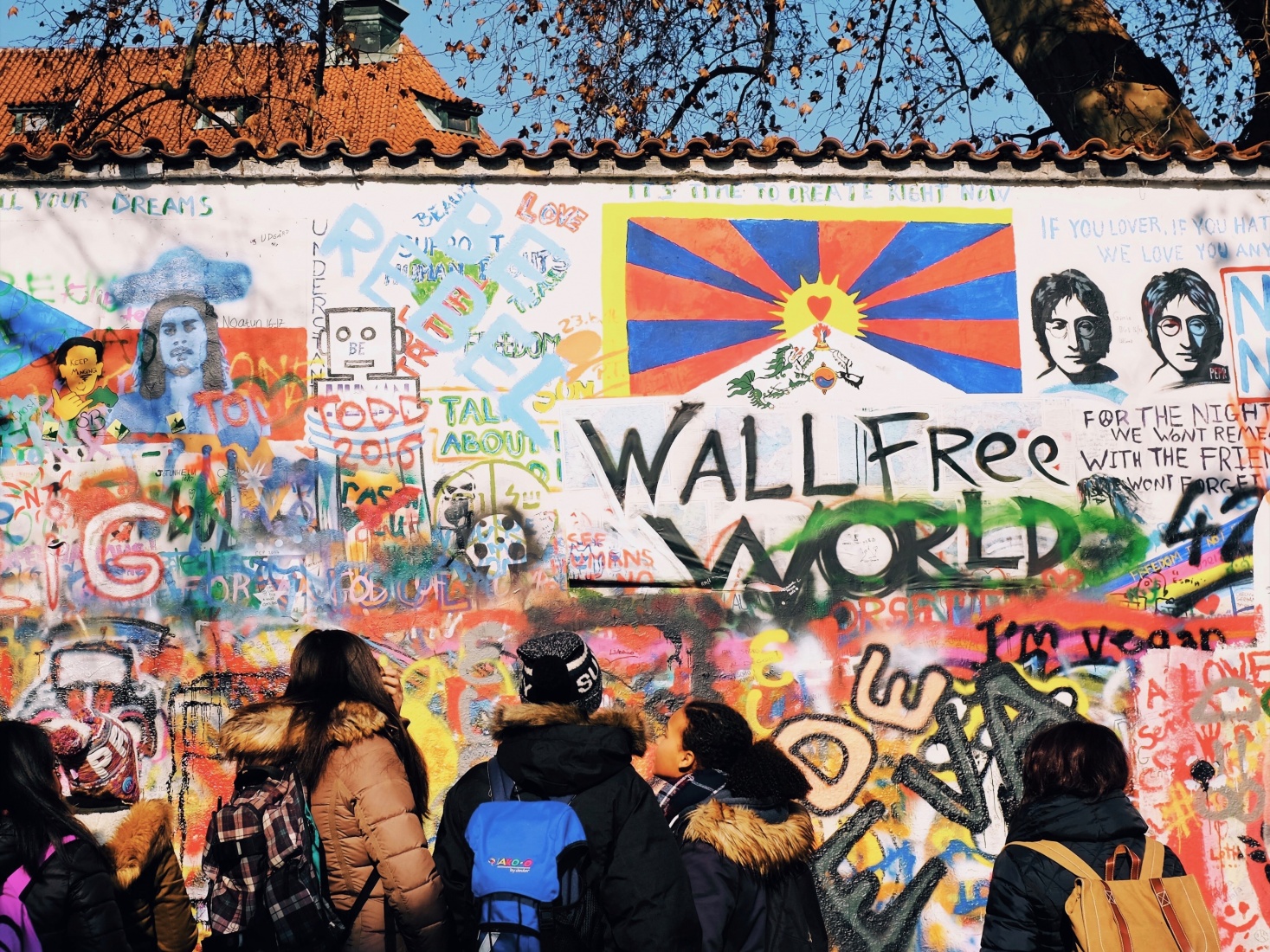
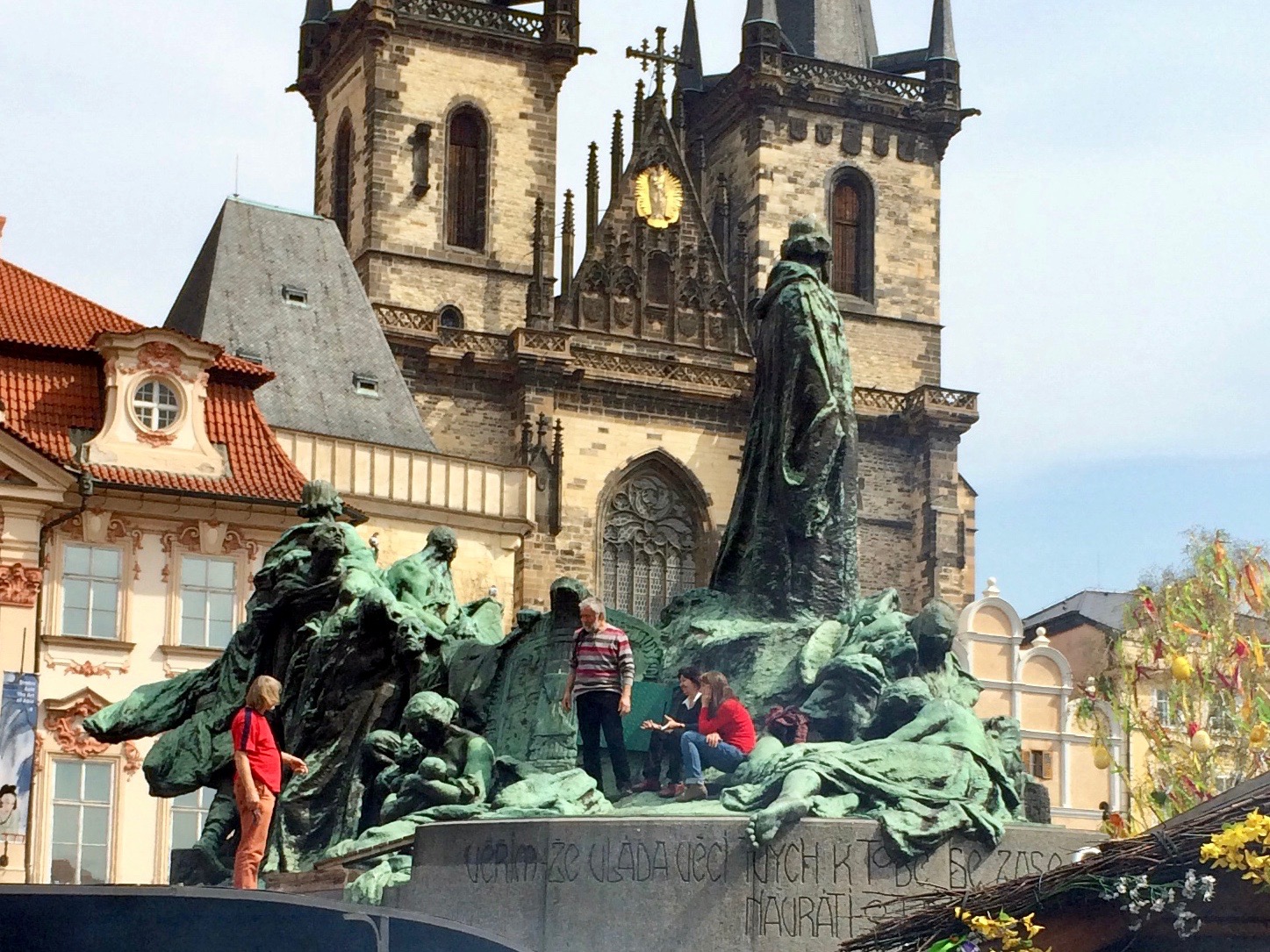
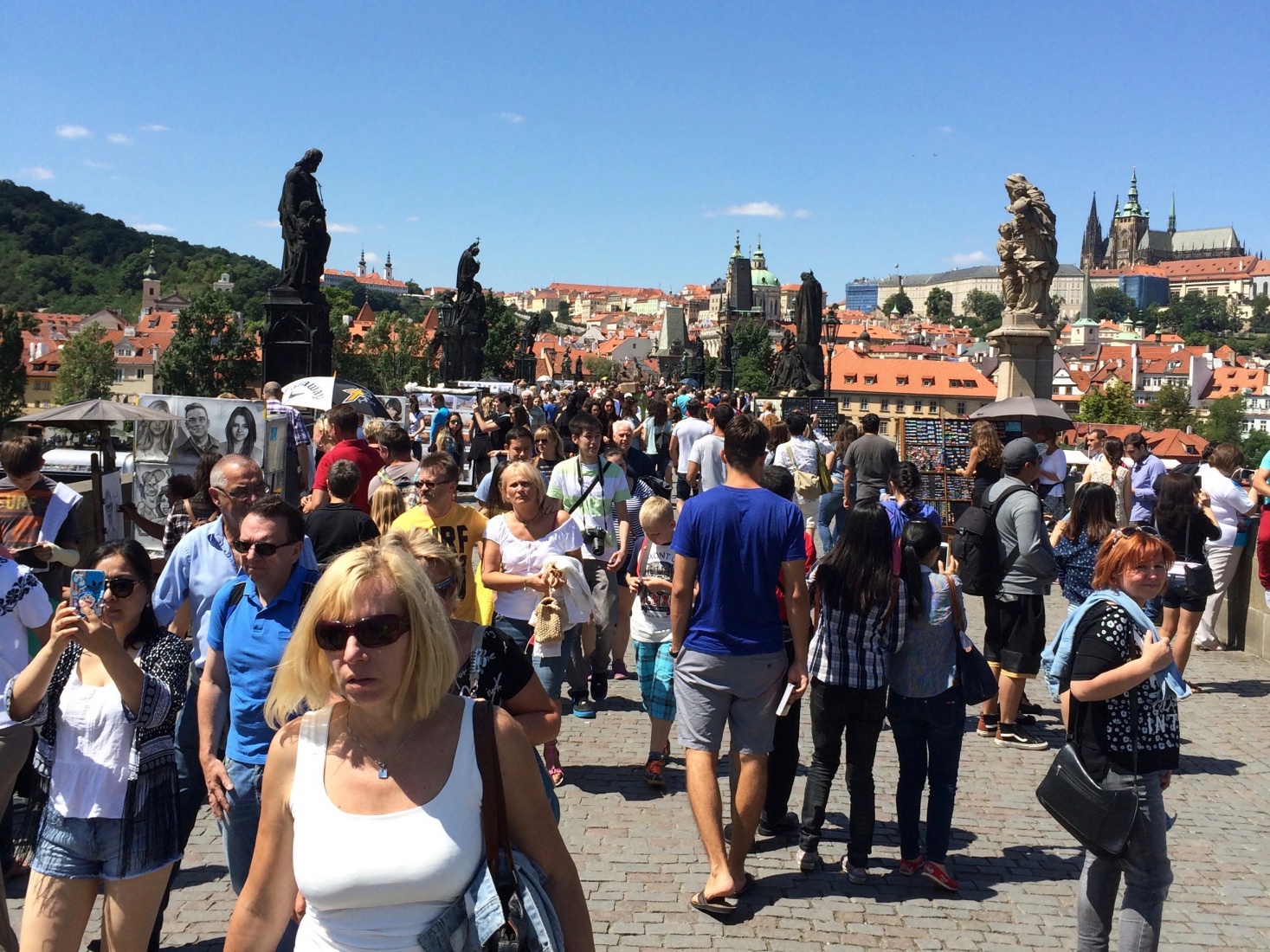

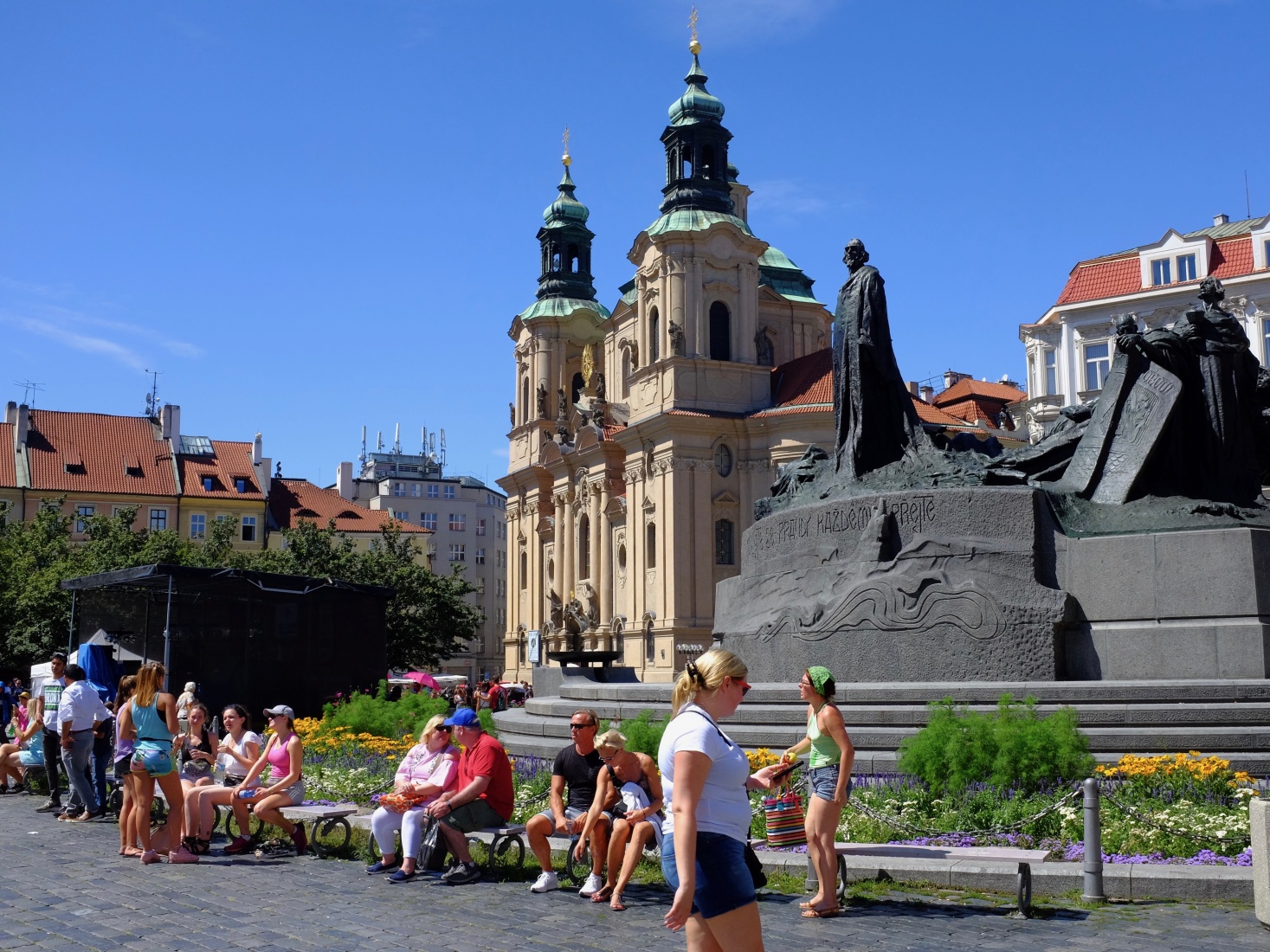
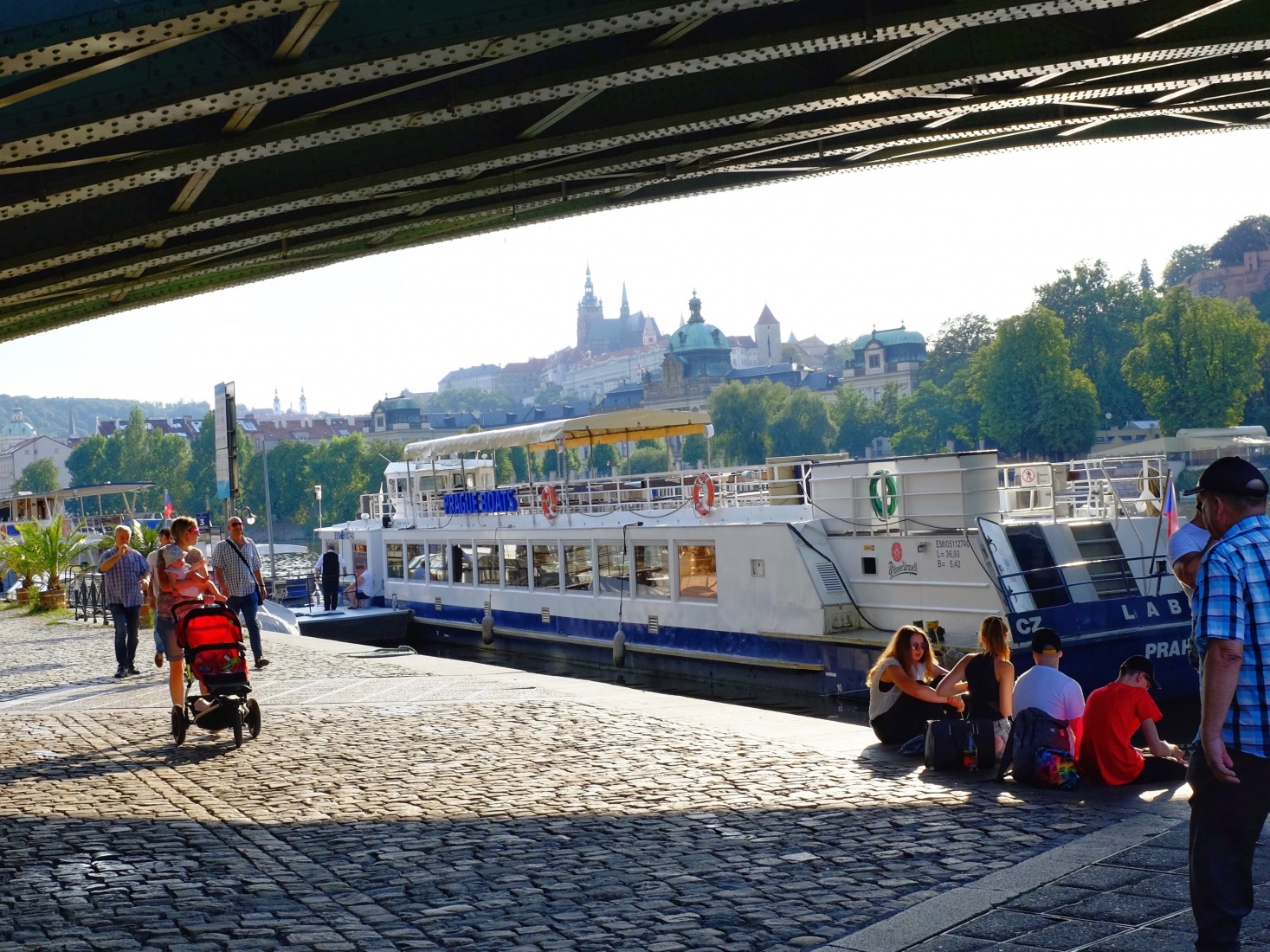
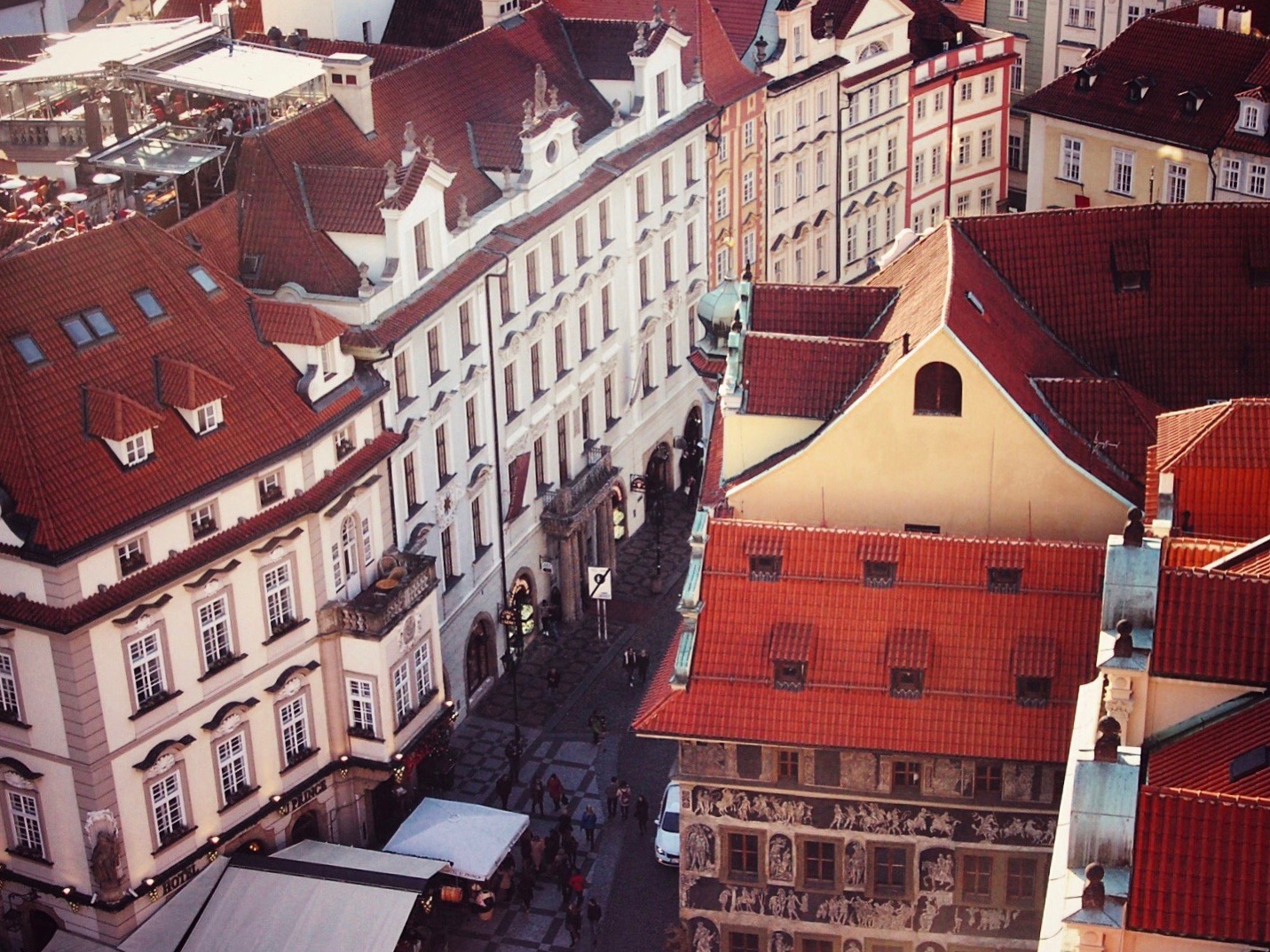
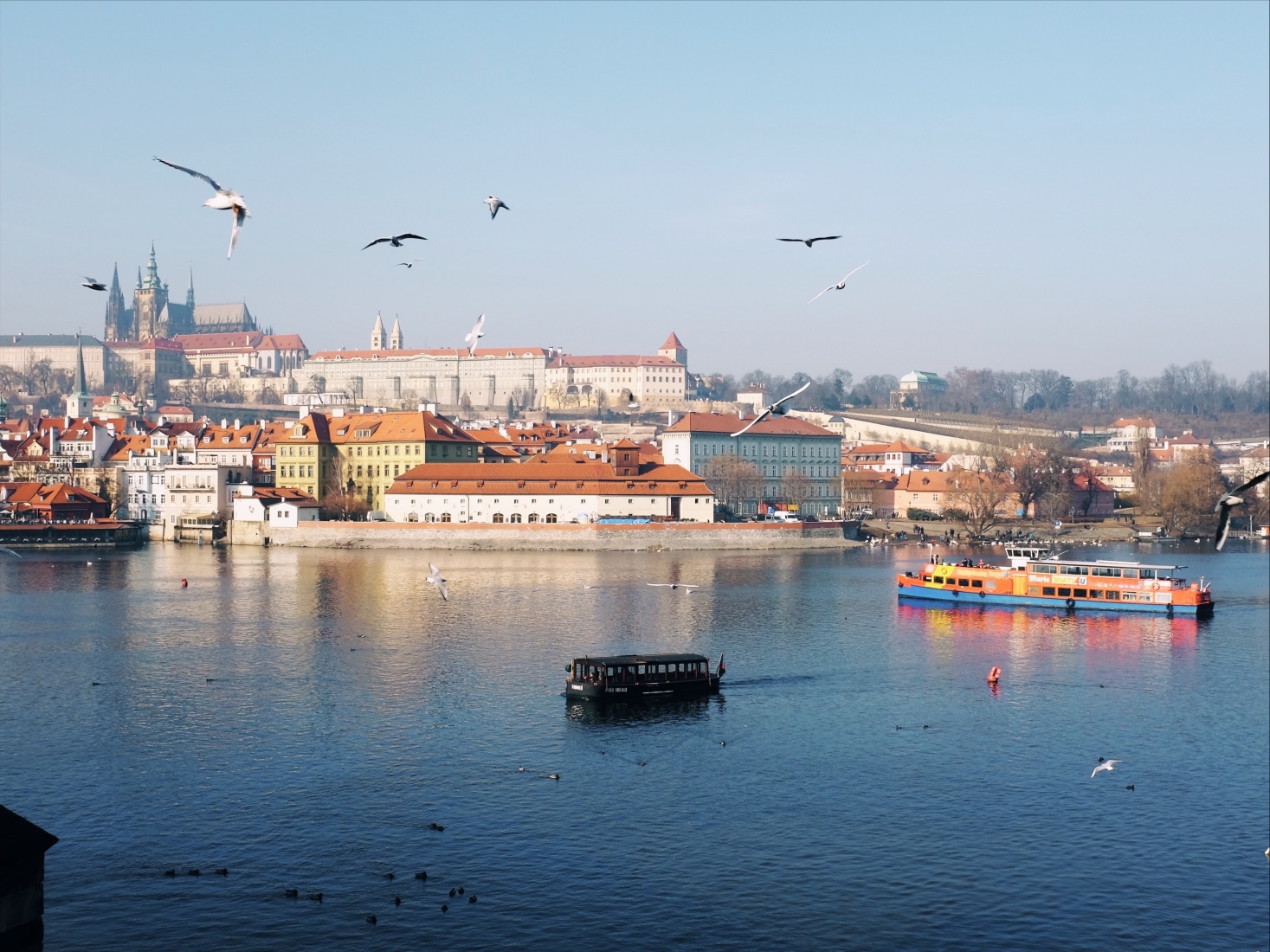
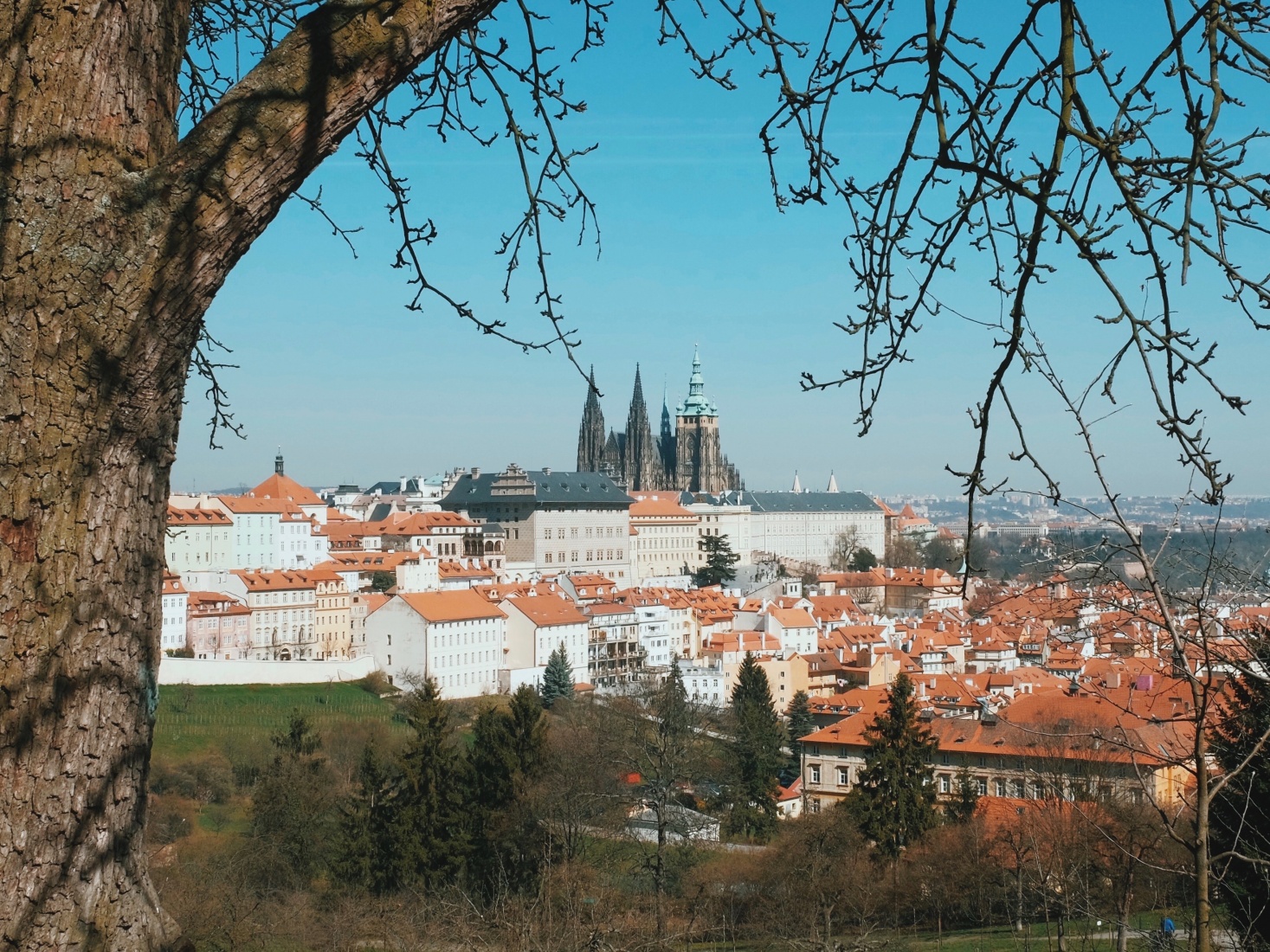
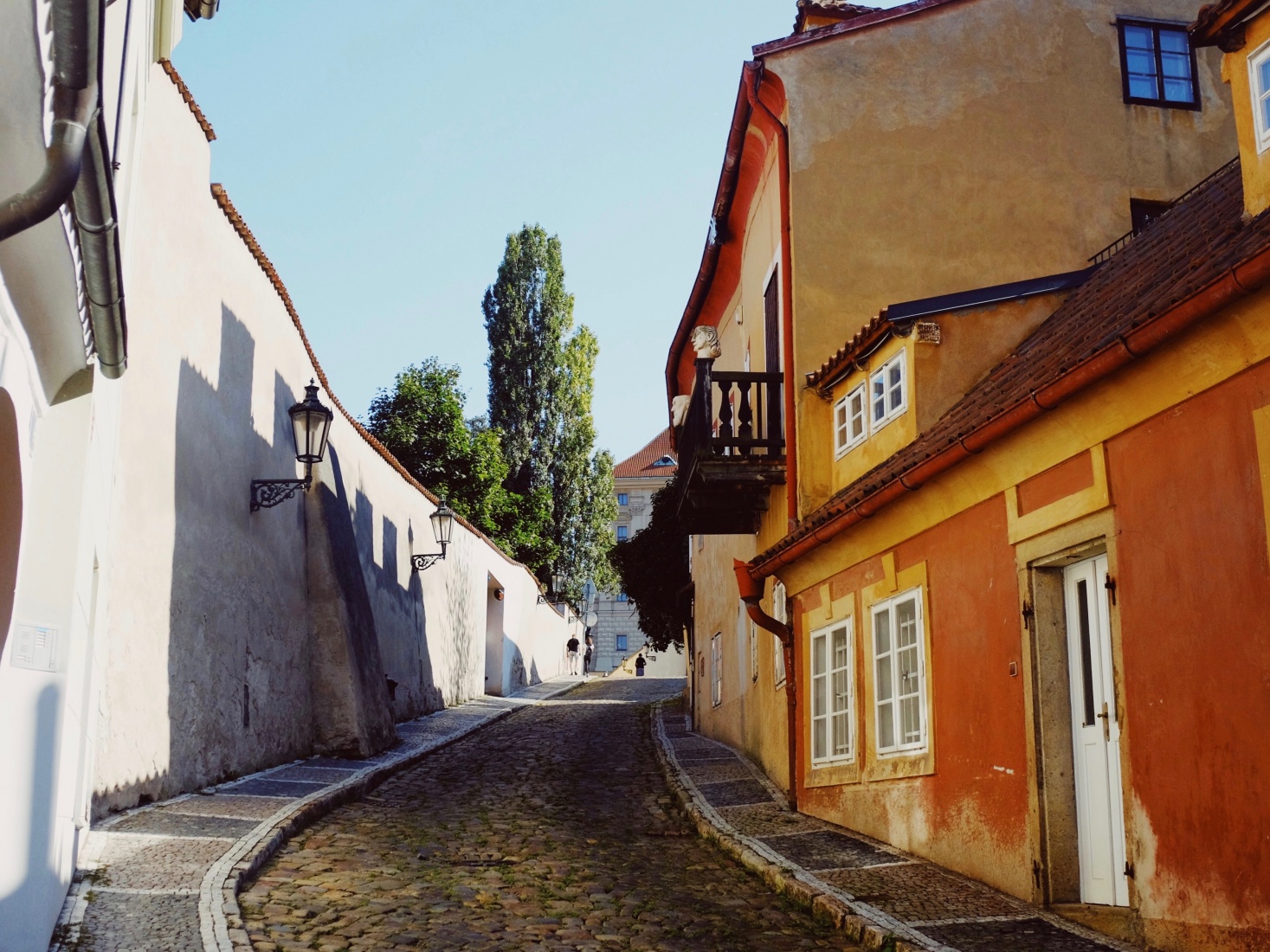

I was surprised by the number of clicks this post received in the days after it went live. Linkedin’s (https://www.linkedin.com/in/markrfe/) metrics alone show almost 2,000 views in the first couple of days. I think this shows how concerned people are about tourism levels in Prague.
Several readers left comments below the Linkedin post and on my Twitter feed. Most were similar in tone and content to the following: “As a person who partially lives in the centre of Prague – I so much agree with what you say, Mark.”
The post also caught the eye of Craig Turp, the editor-in-chief of “Emerging Europe.” Craig contacted me for some follow-up comments that later appeared in this article: http://emerging-europe.com/regions/czech-republic/prague-new-face-overtourism/.
The article accurately reflected my personal view that Prague has a potentially serious problem with overtourism and that some areas in the center of the city have already reached critical levels. But some of the nuance of my viewpoint may have been lost and given the mistaken impression that tourist authorities here are somehow completely oblivious to the dangers of overtourism.
To set the record straight, when I used the phrase “the tourist authorities do not appear too concerned about the growing numbers,” I meant that officials are not yet to the point where they are jumping out of the windows in panic. From my own personal conversations, I know that the authorities are well aware of the potential negative impact of overtourism and, as a response, are trying to promote other parts of the city as alternatives to the center. Whether this plan can succeed or not is an open question, as there is only so much any one agency or authority can do to regulate visitors in a free society.
To anyone thinking of coming to Prague on their vacation, I would say not to let all of this dissuade you. If you avoid the major holidays (like Easter), travel outside the peak summer season (which is both crowded and too hot to enjoy), and divide your time between the center and other parts of the city, it’s still possible to capture the feeling of having this beautiful place to yourself.
I hope to return to this topic in future posts.
My daughter spent the fall semester in 2017 in Prague as an exchange student and fell in love with the city. We were fortunate to visit in November and completely understand the appeal. It is a gorgeous, safe, clean city full of history. Your pictures are beautiful and we cannot wait to go back. I know she aspires to move to Europe after graduation.
It has turned into Disney Land with so many people you can’t walk in a straight line for more that 4 feet. The city is beautiful but I will opt for something more off the beaten path next time. There were literally groups of 25+ walking around. One common theme which I couldn’t stop chuckling about is the tourists who bring their very own professional photographer with them on the trip. The Asians have brought it to a new level! I’m out!!! Macedonia is now on my list. Let’s hope word doesn’t get out too soon. Ha ha
Pingback: Weekend Reading | Common Sense and Whiskey
I am local from Prague (born and raised) and I’ve worked in a hotel in the city centre for past two and half years. I can see that the changes done because of tourism are more for worse than better. It feels like the tourist have completely stolen the city centre from us, going there is mostly a punishment because of the crowds, the drunks, the tourist traps and prices. It’s so much worse than I remember it from the past and it makes me sad to see my hometown, our dearest heritage, being sold to the tourists who have little to no respect for our tradition, history and laws.
Hi Barbora, Thank you for reading and leaving a comment on the post. I will revisit the topic of Overtourism in the future because I think on some level it’s becoming a moral issue. Hang in there on Prague and enjoy the Christmas holiday. Mark
Finally, this is the law of supply and demand. Czechs are not stupid. In front of the massive influx of tourists, they are ready to sell them anything pretexting that it is typically Czech. If tourists are stupid enough to be mowed like sheep without complaining, so much the better. Tourists have only what they deserve : to consume without thinking, and to be considered as idiots without culture or respect.
Well, the fact is that people who sell stuff in the historic center are typically not even czechs
Yes, that’s often very true. It’s some kind of international souvenir racket. Thanks for leaving a comment!
Pingback: 7 Eco-Friendly Fashion and Beauty Stores in Prague
I work in the historic center of Prague. I did study there as well. The tourism is becoming unbearable. I have seen ‘spirit’ of so many great pubs and music clubs in the historic center being ‘destroyed’ by the short-term visitors. Its simply not a area where I would plan my night out any more. The whole area simply lost its role as a hub for the residents of Prague.
The worst thing is I see this ‘wave of destruction’ spilling over further and further geographically.
Also you see that significant percentage of tourists are really not interested in Prague, but merely in getting drunk and fed on cheap in ‘some nice city’. Not interested in history, culture, anything.
And I have not even started to talk about quality of life of residents of the historic center of Prague.
Something needs to be done, otherwise the historic center of Prague will turn into Venice: beautiful open-air museum that is dead inside.
I have noticed the same thing and I think you are right. I’m not sure what can be done though. Prague Airport is determined to increase passenger numbers year after year, so I don’t know how the number of visitors can be controlled. Mark